
Lot 250
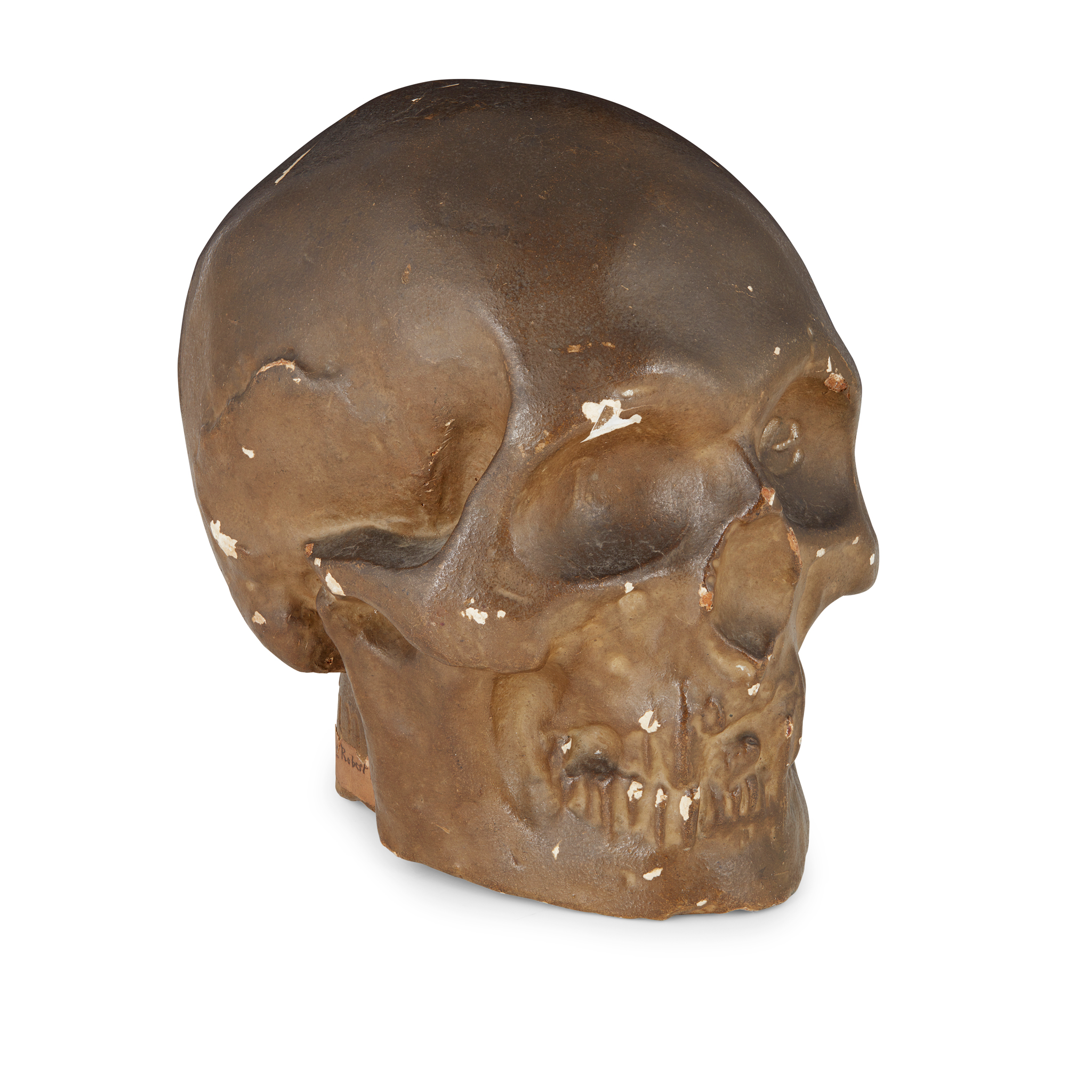
THE ORIGINAL CAST BY WILLIAM SCOULAR (1796–1854)
AN EARLY 19TH CENTURY PLASTER OF PARIS CAST OF THE SKULL OF ROBERT THE BRUCE (1274–1329)
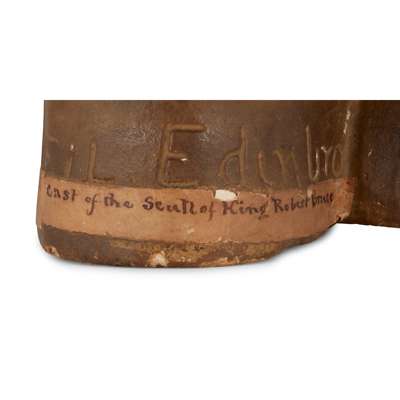
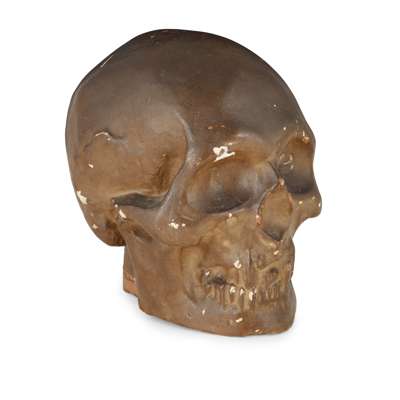


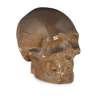
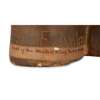
Scottish Works of Art & Whisky
Auction: Lots 1 - 412 | 20 August 2024 at 10am
Description
modelled naturalistically, engraved to the neck, ‘O’NEIL EDINBRO', with handwritten note ‘lent by Stewart Robertson Colquhalzie’ ‘Cast of the skull of King Robert Bruce’, the original cast by William Scoular, this was perhaps the hand of a student or contemporary
Dimensions
22cm high
Provenance
James Stewart Robertson of Edradynate Estate
Family Descent from a Perthshire family Collection
Footnote
Robert the Bruce (1274-1329)
Robert the Bruce, was King of Scots from 1306 until his death in 1329. He defeated Edward II of England at the Battle of Bannockburn in 1314 made famous in the lyrics of ‘The Flower of Scotland’ anthem.
Most notable during his reign, the Declaration of Arbroath was submitted by the Scottish nobility to Pope John XXII in support of Robert I verifying the Scottish Kingdom. This culminated in Edward III renouncing any English claim to the Scottish sovereignty.
His dynasty continued even after the exile of his son as the first Stewart King was the grandson of Robert I through his daughter.
Bruce died in 1329 and was interred at Dunfermline Abbey, where his body lay for almost five hundred years, until 1818, when the Abbey's Great Tower collapsed.
The early 19th century was an awakening for the Scottish identity. George III’s visit to Scotland in 1822 helped ease tensions within the kingdom and the growing appetite for the Scottish was further bolstered by key proponents such as Walter Scott who organised the King’s visit along with The Waverly Novels published around this time. When the tomb was uncovered, it presented a perfect opportunity to examine the remains and the tomb itself and celebrate the history of such an important Scottish King.
The sculptor William Scoular (1796-1854), under the supervision of the Professor of Surgery at University College (1834-1847), Dr. Sharpey, examined the skull of Robert the Bruce and created various plaster of Paris copies. A well-regarded figure in his field, other important commissions include a sculpture of the Princess Elizabeth of Clarence (1820-21) in the Royal Collection accession number RCIN 53354, and James Watt (1736- 1819) held in the Glasgow Life Collections, accession number S.149.
Although the number of copies has not been confirmed, there are copies in important collections including The National Portrait Gallery, accession number PG 914 A, the Hunterian collection, accession number, GLAHM:C.1929.11.
Unsurprisingly Abbotsford House also has another copy as Walter Scott was a major exponent of Scottish heritage and acquired panelling from Dunfermline Abbey and relics from the tomb itself. The accession number for the skull is T.AT.1488.
We believe this piece to have been acquired by the current vendor’s family at the time, with the handwritten note ‘Lent by Stewart Robertson Colquhalzie'
An important piece of Scottish history both telling the story of a Scottish King, but also the early 19th century fascination with the Scottish identity. A rare opportunity to acquire a museum artefact at auction.





